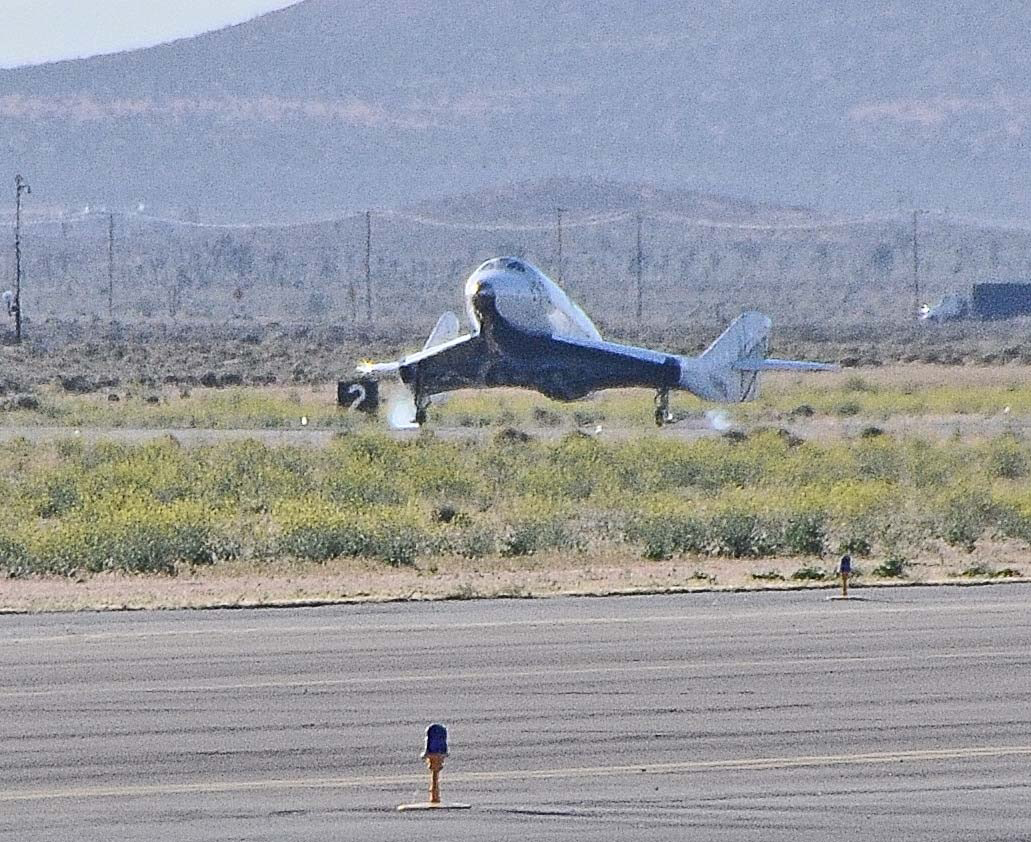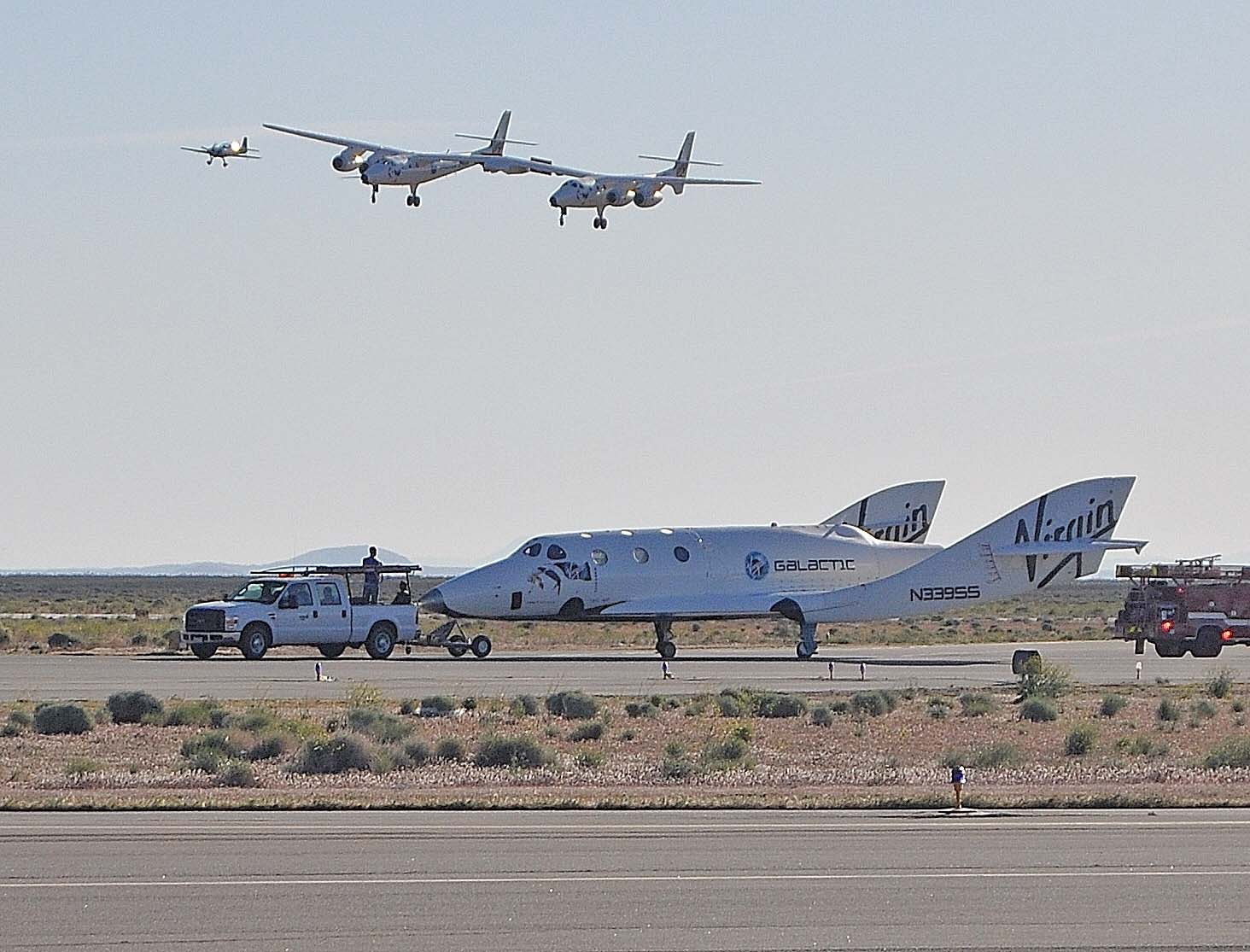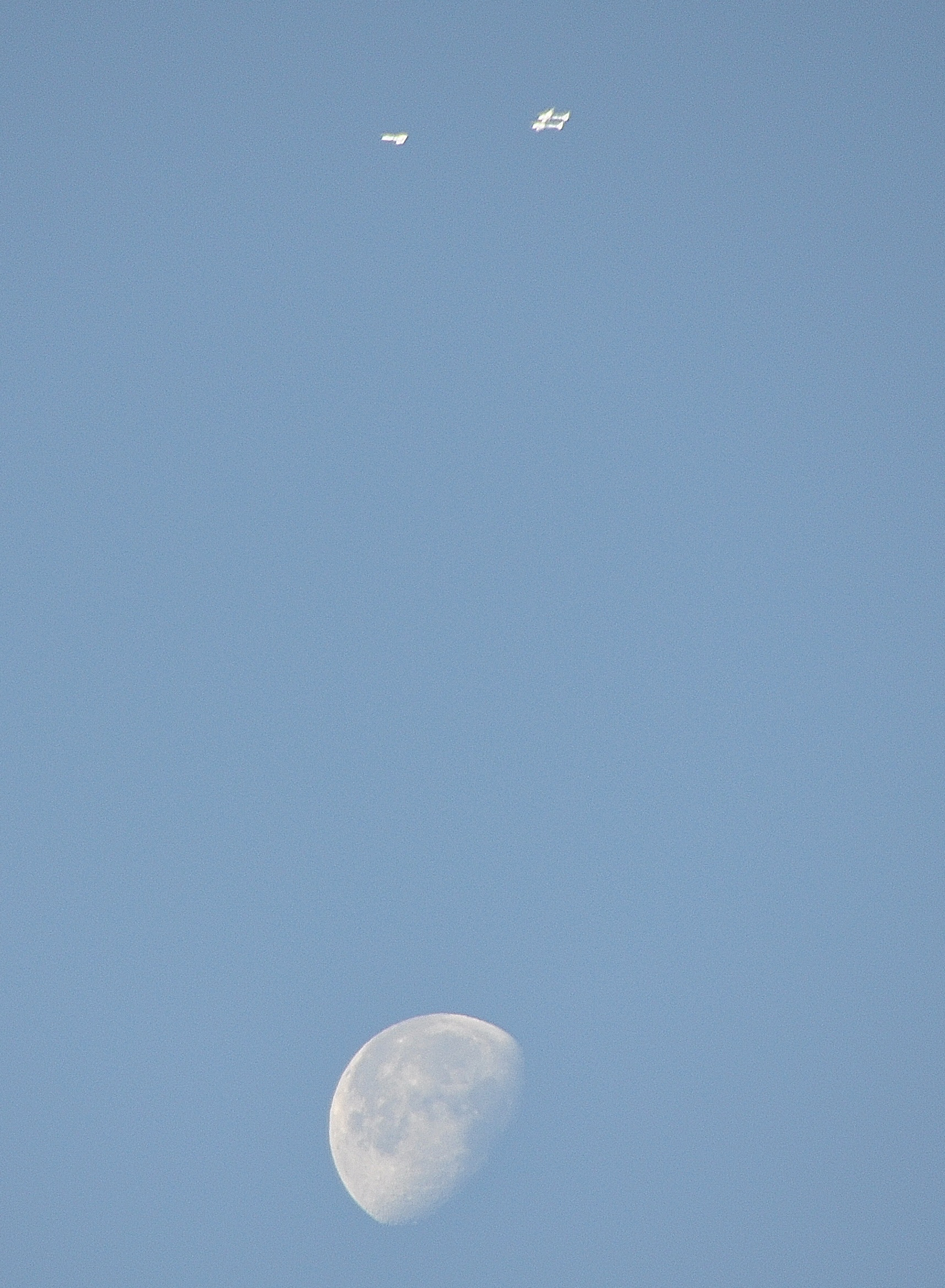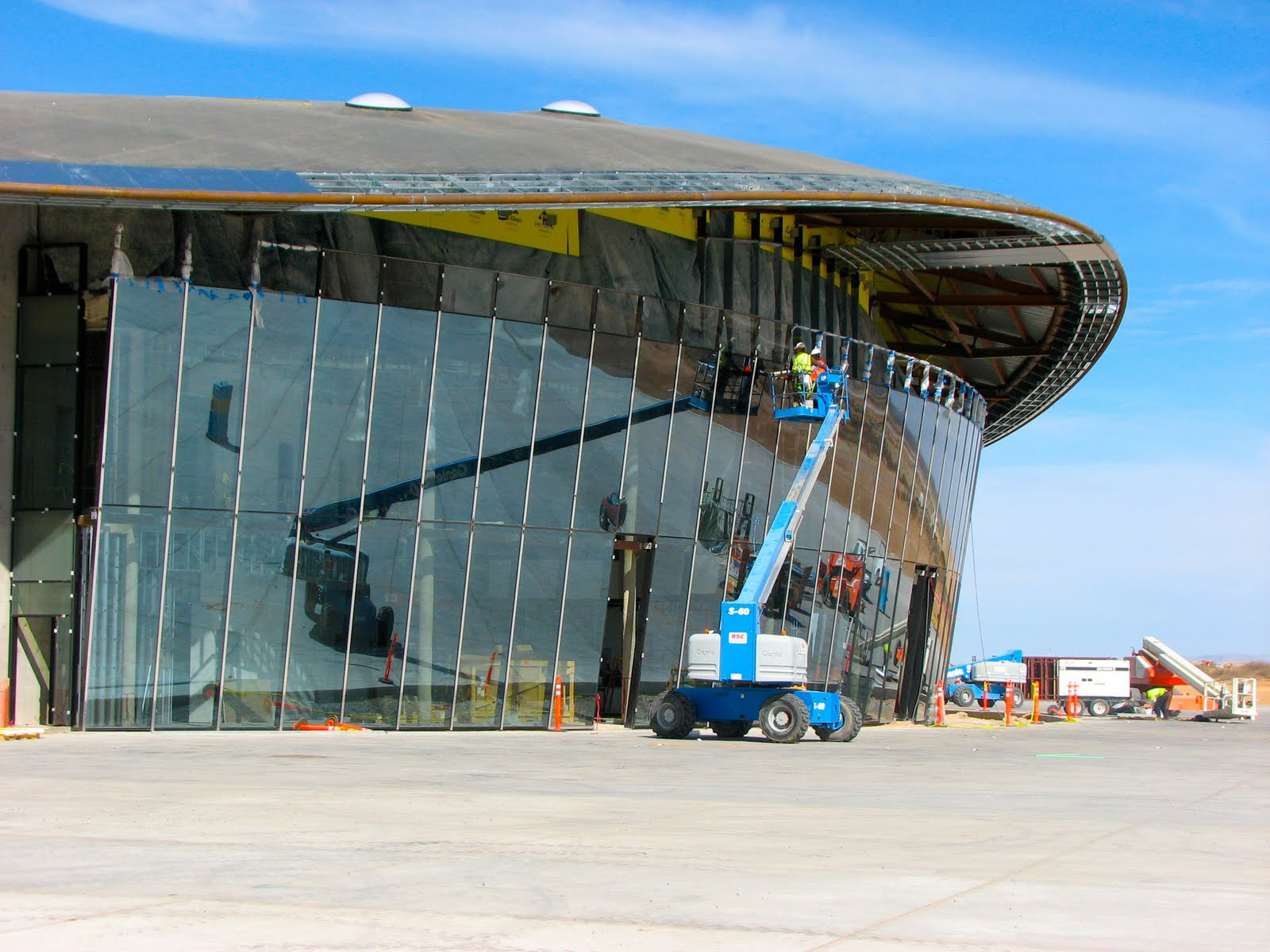Virgin Galactic's Tourist Spaceship Makes Longest Test Flight Yet

A privately built spaceship built by the space tourism company Virgin Galactic soared through its longest flight yet today (April 22) during a drop test over California's Mojave Desert.

The suborbital Virgin Galactic spacecraft, called SpaceShipTwo, maneuvered through the skies over the Mojave Air and Space Port during the milestone test. The Mojave-based aerospace company Scaled Composites is overseeing construction and flight testing of SpaceShipTwo and its WhiteKnightTwo carrier plane for Virgin Galactic.
According to Scaled's SpaceShipTwo flight test log, today’s piloted glide marks the fifth release of the space plane at high altitude from the WhiteKnightTwo mothership. [Photos: SpaceShipTwo Makes First Glide Flight]
"Looks like another good day for the Scaled team as we move through the test program," said George Whitesides, president and CEO of Virgin Galactic.
Whitesides told SPACE.com that the flight was the longest SpaceShipTwo glide flight to date.
Test pilot Peter Siebold and co-pilot Doug Shane, who is the president of Scaled Composites, flew SpaceShipTwo during the test, which lasted 14 minutes and 31 seconds, said Christine Choi, a spokeswoman for Virgin Galactic.
The glide tests typically have a checklist of items that range from evaluating stability and control of SpaceShipTwo to maintaining pilot proficiency.
Get the Space.com Newsletter
Breaking space news, the latest updates on rocket launches, skywatching events and more!
The first SpaceShipTwo vehicle, named the VSS Enterprise, and its mothership VMS Eve are both being developed by Scaled Composites for British billionaire and adventurer Sir Richard Branson, who founded the Virgin Galactic spaceline. [Vote Now! The Best Spaceships of All Time]
SpaceShipTwo spacecraft are designed to carry six passengers and two pilots to the edge of space and back. The flights are expected to offer a spectacular view of the Earth and several minutes of weightlessness, Virgin Galactic officials have said.Tickets for the flights cost $200,000 per seat.

Test flight successes
SpaceShipTwo has been put through an ever-expanding set of flight objectives, starting with its maiden free-flight on Oct. 10, 2010; a second glide test on Oct. 28; a third drop test on Nov. 17; and a fourth glide test earlier this year on Jan. 13.
Shortly after tarmac touchdown, a debriefing was held involving personnel involved in the glide flight.
More tests of the SpaceShipTwo are expected as part of a dedicated campaign to ready the craft for commercial operations. A major milestone still to come are the SpaceShipTwo tests involving short, medium and long blasts from the spacecraft's hybrid rocket motor.
Last month, a sixth full-scale flight design rocket motor hot-fire was performed using ground test facilities. Reportedly, all objectives were completed, such as evaluating igniter performance, nozzle ablation and monitoring the stability of the burn.

Spaceport America construction
Meanwhile, construction of New Mexico's Spaceport America -- billed as the world's first purpose-built commercial spaceport -- is nearing completion. This site will support Virgin Galactic's commercial space business of flying passengers into space.
Once fully operational, Spaceport America will handle both vertical and horizontal launch vehicles.
In February, the Spaceport Authority Board of Directors announced that Christine Anderson has become Spaceport's executive director. Among several past military and civil positions, she was the founding director of the Space Vehicles Directorate at the Air Force Research Laboratory, Kirtland Air Force Base in New Mexico.
Virgin Galactic's VSS Enterprise test flight program is slated to continue through 2011, prior to commercial operations, which will be based at Virgin Galactic's future headquarters at Spaceport America in New Mexico.
Leonard David has been reporting on the space industry for more than five decades. He is a winner of this year's National Space Club Press Award and a past editor-in-chief of the National Space Society's Ad Astra and Space World magazines. He has written for SPACE.com since 1999.
Join our Space Forums to keep talking space on the latest missions, night sky and more! And if you have a news tip, correction or comment, let us know at: community@space.com.

Leonard David is an award-winning space journalist who has been reporting on space activities for more than 50 years. Currently writing as Space.com's Space Insider Columnist among his other projects, Leonard has authored numerous books on space exploration, Mars missions and more, with his latest being "Moon Rush: The New Space Race" published in 2019 by National Geographic. He also wrote "Mars: Our Future on the Red Planet" released in 2016 by National Geographic. Leonard has served as a correspondent for SpaceNews, Scientific American and Aerospace America for the AIAA. He has received many awards, including the first Ordway Award for Sustained Excellence in Spaceflight History in 2015 at the AAS Wernher von Braun Memorial Symposium. You can find out Leonard's latest project at his website and on Twitter.









